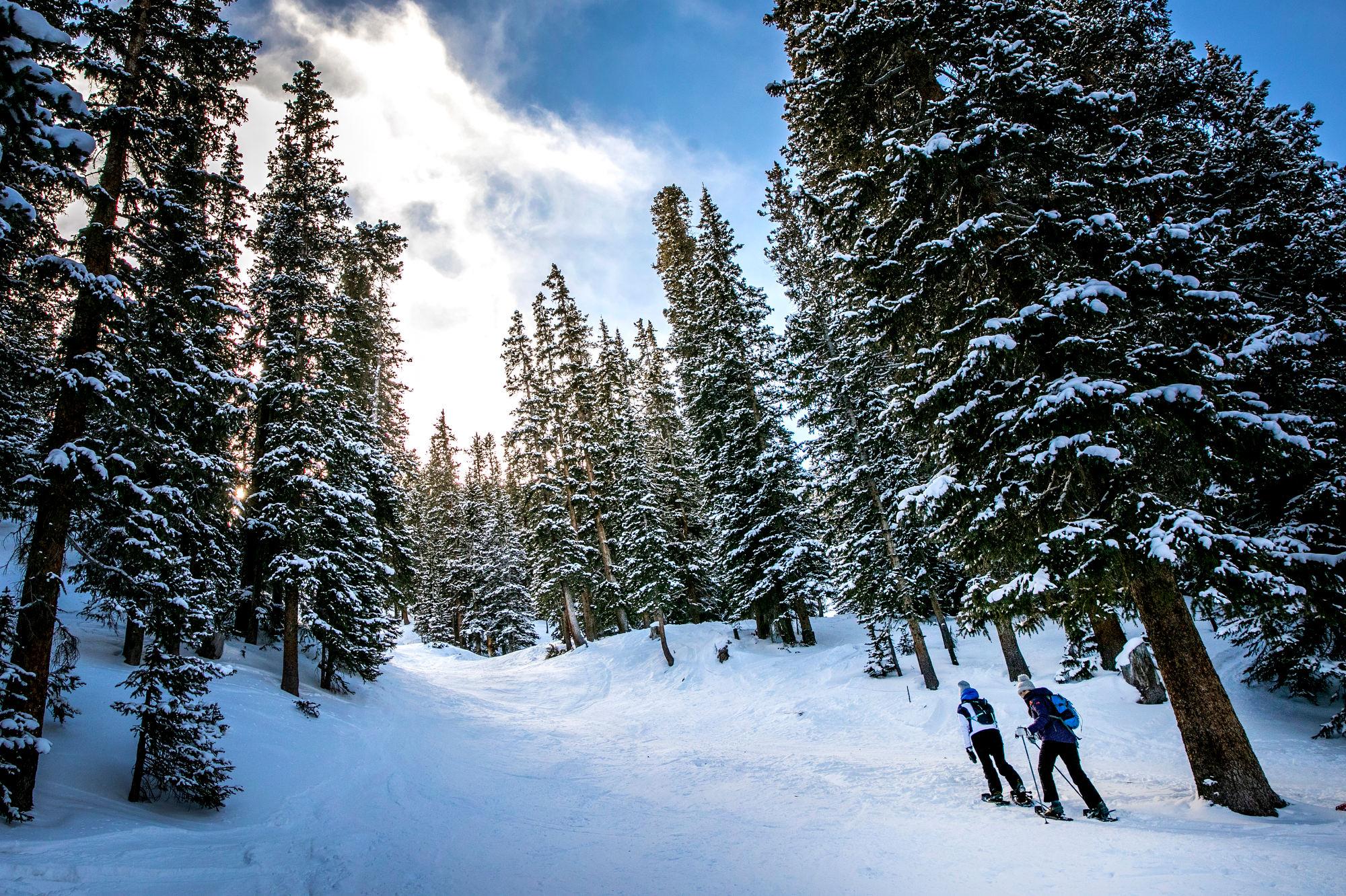
Colorado is about halfway through its season for snowpack accumulation, and the numbers don't look great.
According to data from the Natural Resources Conservation Service, the statewide snowpack is at about 73 percent of normal.
"That's the fourth lowest snowpack that we've measured for this date in the past 36 years," said Brian Domonkos, the supervisor of the NRCS Colorado Snow Survey.

"I think there definitely is a level of concern and a level of vigilance that we have to use as we go into this spring," he said.
Domonkos said that vigilance means keeping an eye on streamflow forecasts and "being prepared that we could have below-average streamflow runoff and water supply conditions."
Colorado continues to be in a bad drought, according to the U.S. Drought Monitor. Nearly three-quarters of the state is experiencing extreme conditions, the second-highest level.
One bright spot, Domonkos said, is that the snowpack in the Upper Rio Grande River basin is doing relatively well at 92 percent of normal.
"The Rio Grande has over the past few years kind of been one the lower basins for snowpack that we've see in the state, and this year to have it be one of the higher ones is refreshing," he said.
On the other hand, the Upper Colorado River basin is one area that's falling well short of average, with its snowpack at 68 percent of normal.
"It is slightly worse than (in) 2002," which Domonkos said was "one of the drier years on record for snowpack and for annual precept."
There's still a chance that things can turn around this season. But he said the current outlooks show that's unlikely.









